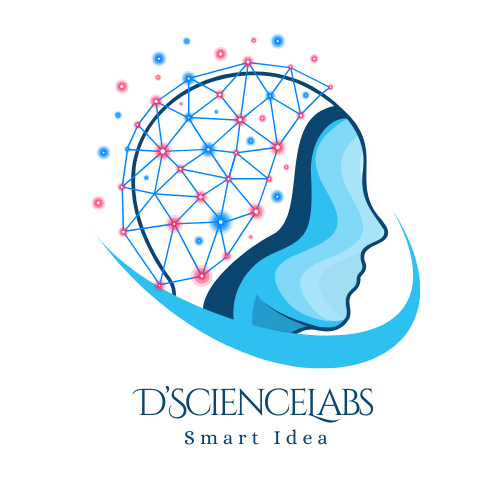Youtube: How I Build Predictive Analytics Models With AI
About the Book
Analysis and Predictive Modeling (APM) provides a structured framework for transforming data into actionable insights through advanced statistical analysis, machine learning techniques, and model evaluation. Positioned as a critical discipline in modern research and professional practice, it emphasizes the end-to-end process of preparing, analyzing, and applying predictive models to address real-world problems [1].
Introduction
This book begins with essential programming practices, continues through data integration, transformation, and feature engineering, and culminates in predictive modeling, evaluation, and deployment [2]. Each chapter reflects the progression of a typical modeling workflow, offering both methodological depth and practical guidance [3].
Key Topics include:
- Programming Foundations: Modular code, functional programming, and reproducible workflows tailored for data analysis [4].
- Data Acquisition & Preparation: Integration from APIs and databases, advanced wrangling, and feature engineering [2].
- Modeling & Evaluation: Building predictive models, validation strategies, interpretability, and visualization [3].
- Deployment & Applications: Model packaging, workflow automation, monitoring, and applied use cases [5].
By combining theoretical underpinnings, applied examples, and recommended practices, this book prepares graduate students, researchers, and professionals to confidently manage complex modeling tasks and apply predictive models in impactful ways across disciplines.
Overview of the Course
Figure Figure 1 provides a conceptual overview of this book, illustrating the key components of Analysis and Predictive Modeling and their interrelationships. It serves as a roadmap for readers, showing how the material progresses from programming practices and data preparation to modeling, evaluation, and deployment. This framework underscores the integration of each stage into a coherent workflow, bridging methodological foundations with applied decision-making in real-world contexts [2], [3].

